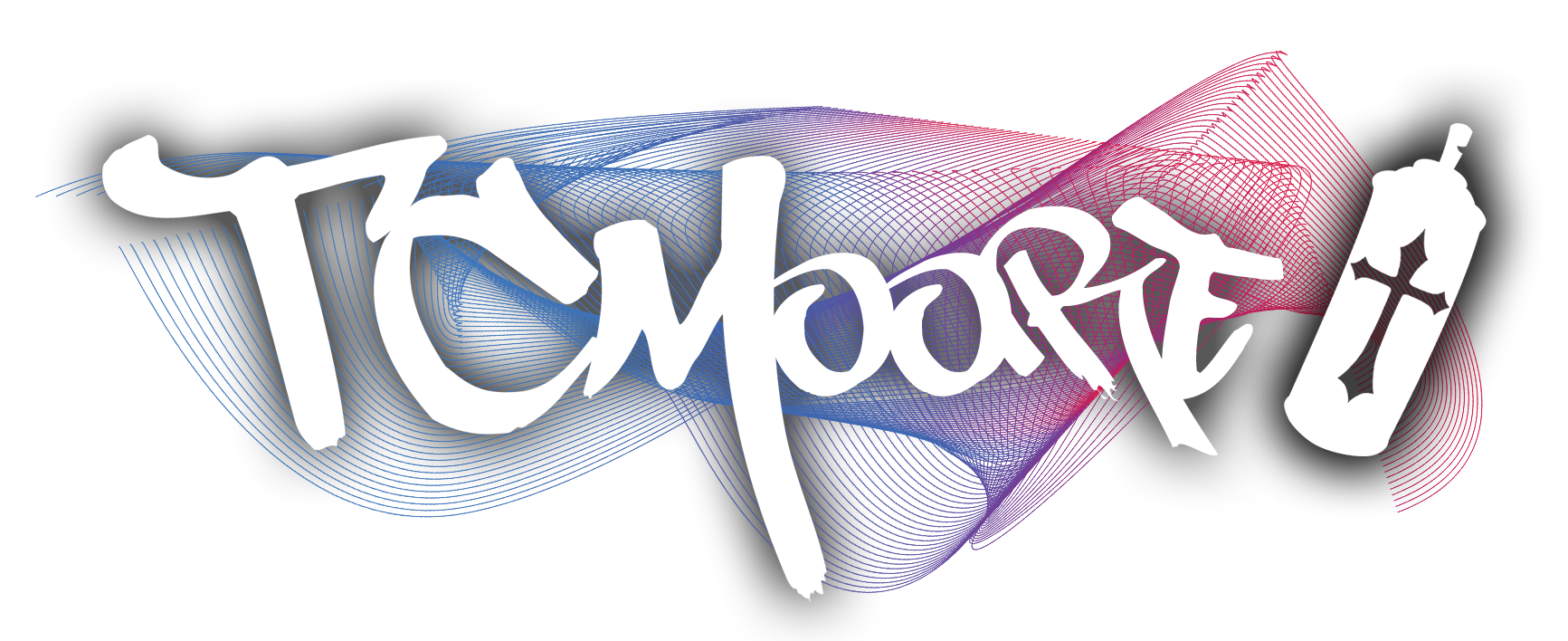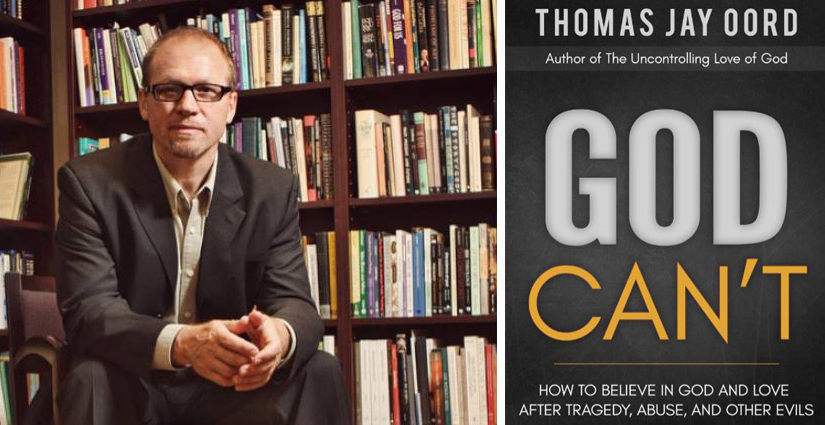As I finished reading God Can’t by Thomas Jay Oord, I could hear the iconic chorus from Bobby Caldwell’s 1978 classic record, “What You Won’t Do For Love,” echoing through my mind. Of course, my version is enhanced by the ’98 Tupac remake, but that’s beside the point. Oord’s latest book once again focuses readers’ attention on his life’s work and the center of his theological project: the God of love. Tom Oord is as relentless in his pursuit of this God of love as the character in Caldwell’s classic. His thesis is as equally demanding. Readers will be asked to surrender much of their preconceived notions about God. The question becomes for readers “What would you do for love?” The reader must decide if they can make the necessary adjustments to their theology to accommodate Tom’s admittedly radical restructuring. Either way, this book will deeply challenge readers—both those who can’t make the shift as well as those who can.
Before I outline the message of God Can't, a quick word about the medium. My first “real job” at seventeen was for a pre-press publishing company as a typesetter. I mostly did copy editing and page layout. But occasionally I got to design the style sheet for a new book. Since then, I’ve been sensitive to the tone a book communicates through its choices of typeface, spacing, pull quotes, etc. The aesthetic of God Can’t misses the mark significantly. For starters, the san serif font used for the base text of the book has an impersonal feel that clashes with the highly personal message. It comes across as very clinical, even austere. It’s almost as if it is text lifted from a webpage. But by far the most egregious formatting blunder are the hideous pull quotes. The stylized and distressed script font is difficult to read and the odd background gradient looks like a smudge. The all-black blank pages were also a design mystery to me. What a strange waste of ink. If God Can’t gets a second edition, I sincerely hope it also receives a redesign.
Thankfully the content is much better than its formatting. Tom sets an highly ambitious goal for this project: to solve the problem of evil. To do this, he encourages readers to adopt five theological propositions that build upon each other to form a coherent theodicy. Whether it is a successful theodicy will depend upon the reader. For many, I suspect it will be a bridge too far. But I also expect that perhaps an equal number inclined toward such a book will be deeply impacted.
The five propositions are:
- God Can’t Prevent Evil
- God Feels Our Pain
- God Works to Heal
- God Squeezes Good from Bad
- God Needs our Cooperation


